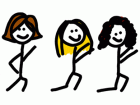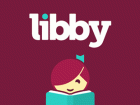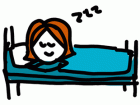




AI Art Generators have garnered a lot of attention in the media lately. Some people are praising the programs’ abilities for creating unique pieces and for revolutionizing the art industry. Other people are furious for copyright infringement and the negative impact it will have on artists and their livelihoods.
Out of curiosity, I thought I’d try an art generator or two and see what all the fuss was about. A few generators cost money, but I didn’t feel like investing in something that could be problematic for artists. So, I picked a couple of free to use generators: Night Cafe and Dream by Wombo.
After about an hour of experimentation, I learned a few things and thought I’d share them with you today.
It Isn’t Perfect
For those of you who feel that AI art generators will replace artists, you should know that the system isn’t perfect. In fact, it’s far from it.
The AI art generators I used relied on text prompts to pull images from different locations and mash them together. The more specific the text prompt, the better the results. Most of the pictures, however, were hit and miss at best and complete monstrosities at worst.
It seemed as though Artificial Intelligence doesn’t quite understand human anatomy. Any text prompts that involved people often resulted in creatures with far too many limbs or eyes. At a glance, the pictures have the barest suggestion of a human shape. If you look too close, you’ll see arms and legs that fade into nonexistence. You might see the shape of a torso that cuts at a weird angle.
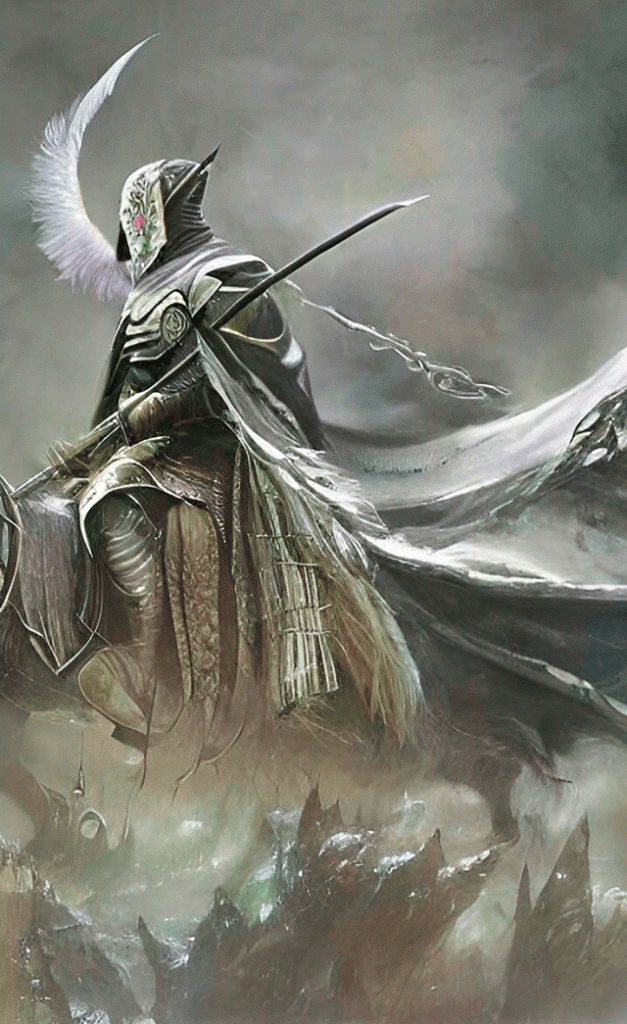
I assume that AI generators will improve with time and eventually get the human figure right. But I don’t see that happening any time soon.
It Doesn’t Give Credit Where It’s Due
However, something else that bothered me with AI art was that it very clearly stole from some copyrighted images. Many of the generated art still had half scribbled signatures in the corners. In the image above, I actually recognized the base paintings my generator stole from.
Here’s two paintings by John Howe:
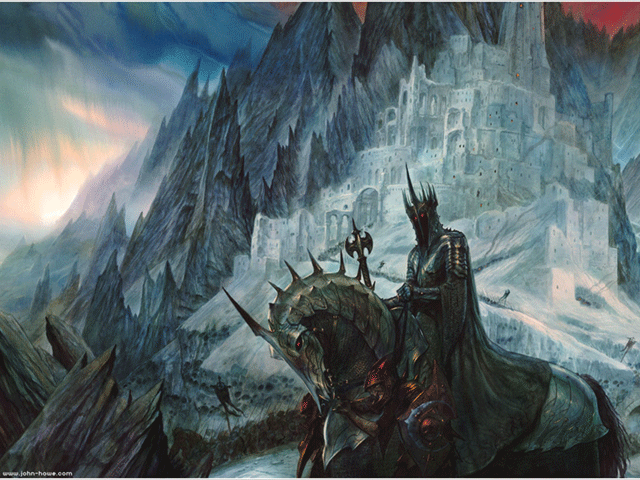
Do you see the similarities?
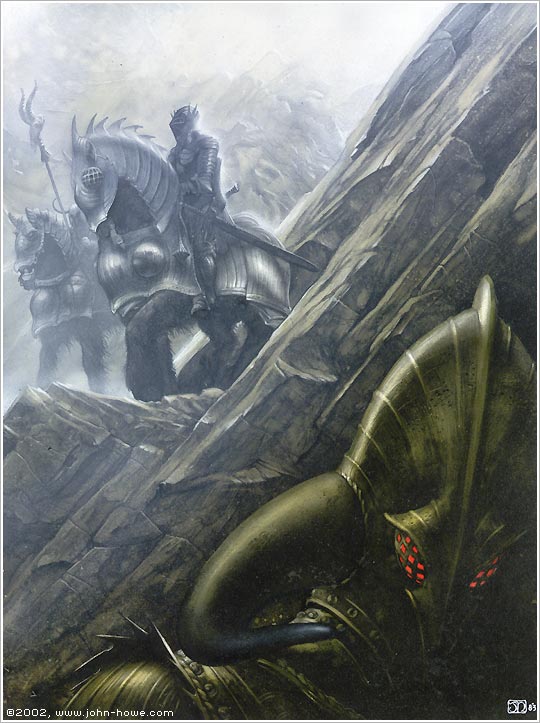
The position of the hand holding the reins. The way the legs sit on the horse. Even some of the rough mountain terrain popped into the AI generated art. I’m sure if I knew all the sources involved in my AI generated image, I’d spot the unoriginality instantly.
Hence, it’s easy to see the frustration real artists may feel when looking at AI art. Many artists spend countless hours creating their work. Then, fans on the internet steal and repost their work without their permission. When an AI generator sees those images and pulls them into a new piece, it undercuts all that hard work and fails to give credit to the original.
Unless AI art makes some improvements in crediting original artists and giving them fair pay for the use of their art, I think AI generators should be used with caution.
It Is Fun
Ethical problems aside, I can see the appeal of AI art to the common person. I had a lot of fun plugging into different text prompts just to see what popped up. Many of the resulting pictures felt like a dream made manifest, and still others had fun shapes and designs that could easily inspire new art.
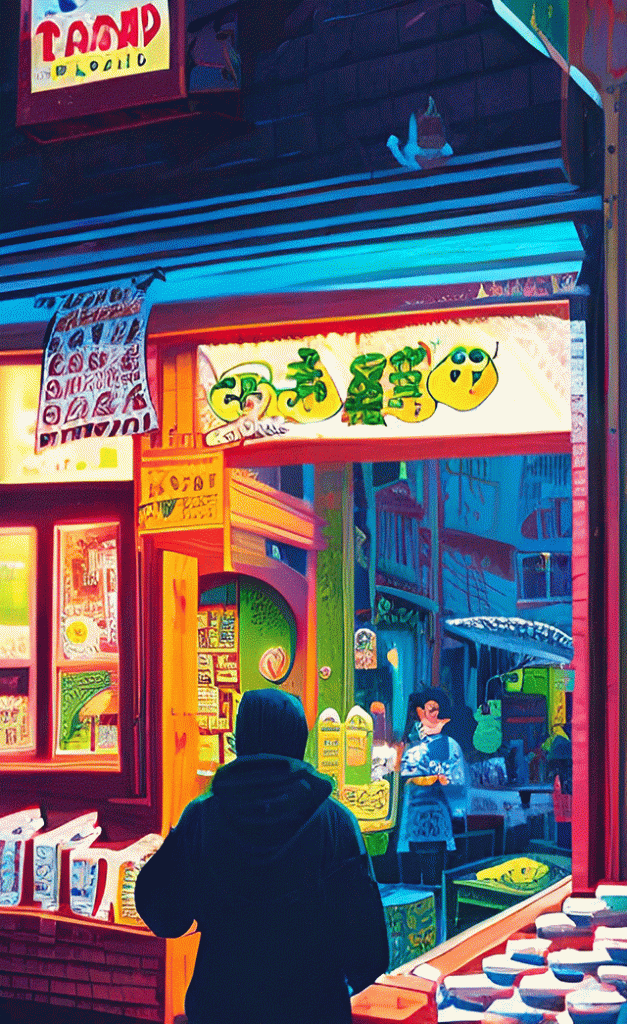
Some days I struggle to create art and pull ideas out of my head. When I plug in random words and see what the generator pulls up, it can inspire me to draw or write. This fun ramen shop picture, for example, has such vibrant colors and vague shapes that I start brainstorming ideas every time I see it.
If you don’t have any artistic skill, an AI generator could give you the feeling of creating something beautiful, and that’s addicting in itself. Even if the art came from multiple sources, you were the one to create the prompt and weed out the failed generated images, making you feel like you had a hand in the image’s creation. With just a few words, you can feel like an artist – and that makes AI art a fun experience.
I’m Not Sure How to Feel
AI generated art is clearly a touchy subject, and now I understand why art made with AI Art Generators have kicked up a lot of fuss. Copyright laws have yet to catch up to the latest technology, and it’s unpaved ground for everyone. Artists definitely deserve to receive their dues for their work, but it’s nice for the everyday person to have access to unique perspectives and colors and art that they wouldn’t otherwise be able to create on their own.
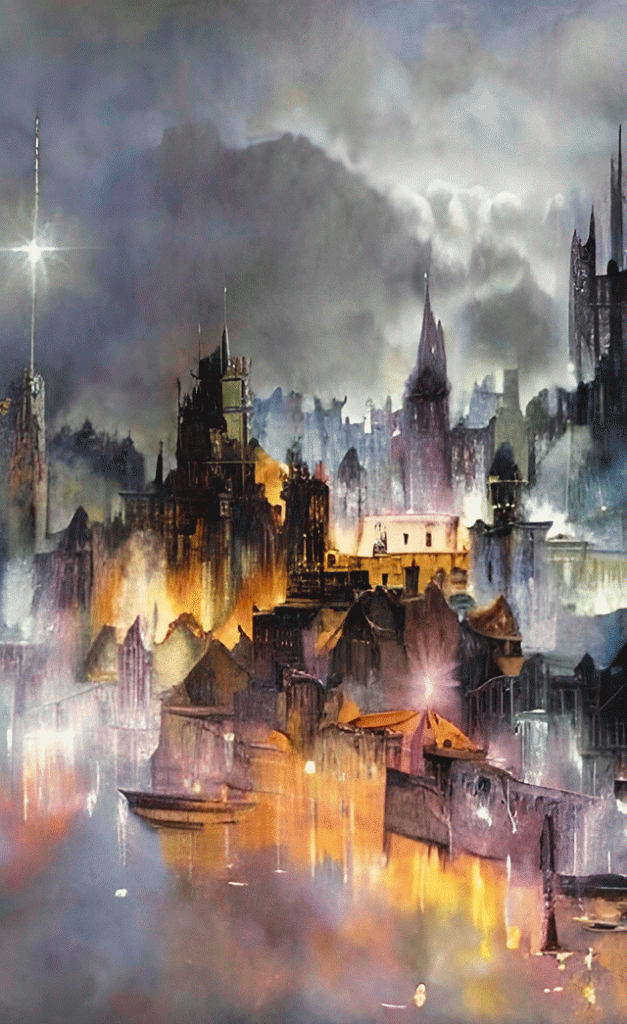
In the end, I find myself enjoying art made with AI Art Generators on a personal level, but I wouldn’t push its use beyond that. I wouldn’t use AI art as a base for prints, book illustrations, or similar money-making ventures until more improvements have been made.
Instead of relying on AI art, I think I’ll keep developing my own skills. If you want to see the kinds of drawings I’ve been up to, feel free to browse my artistic creations.

